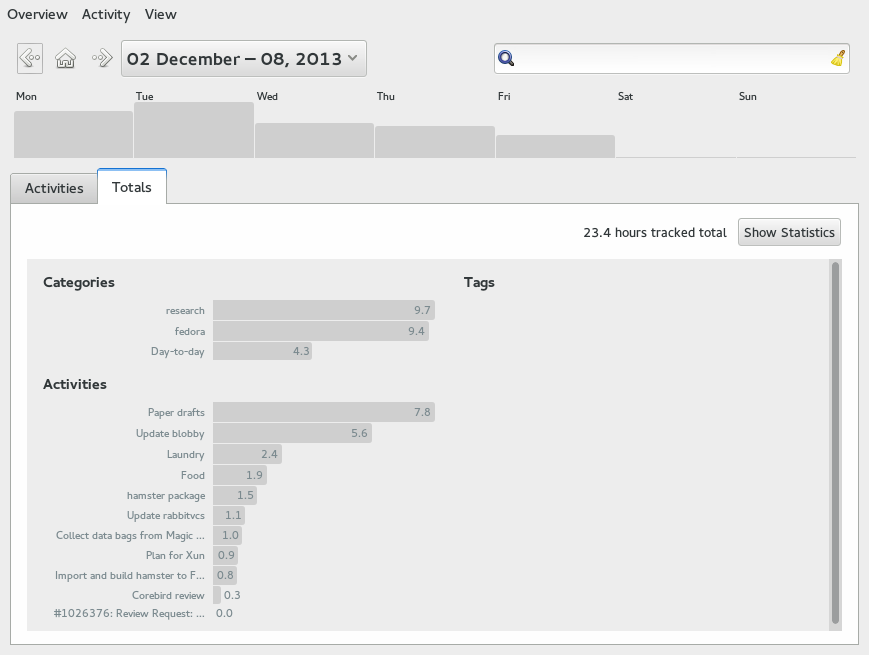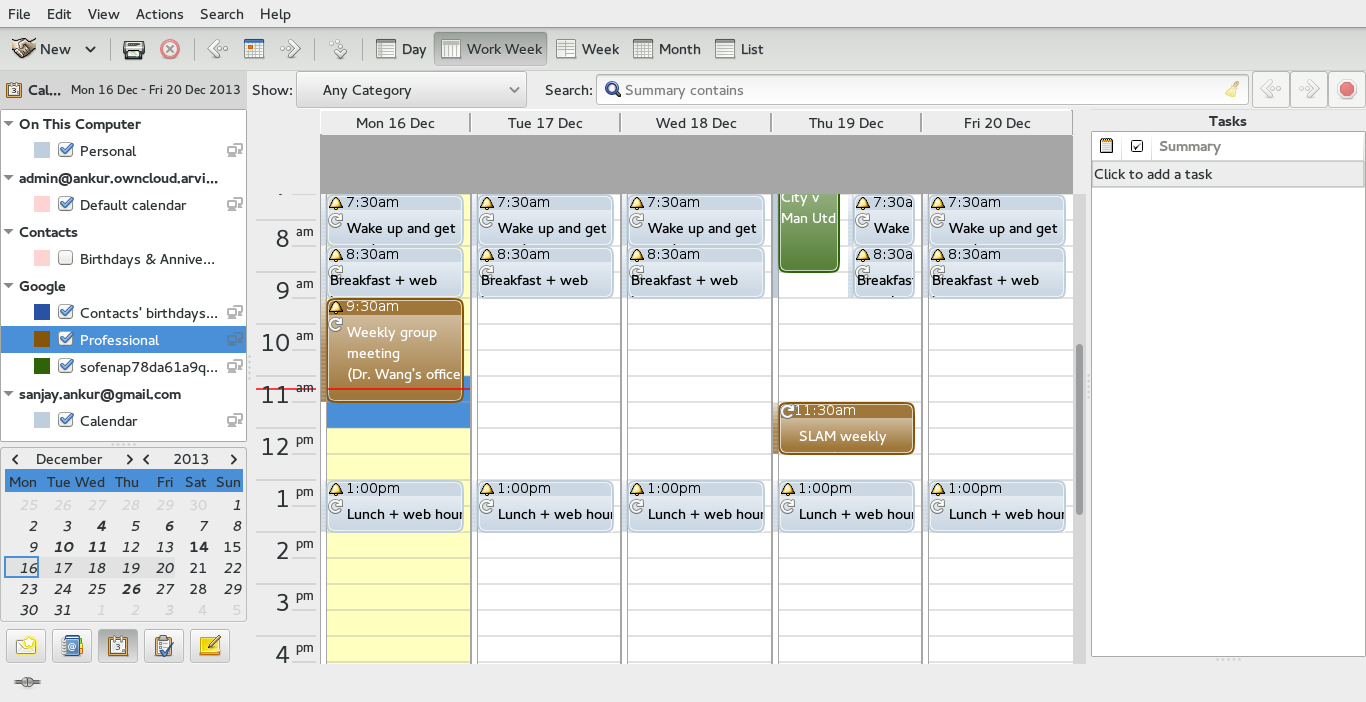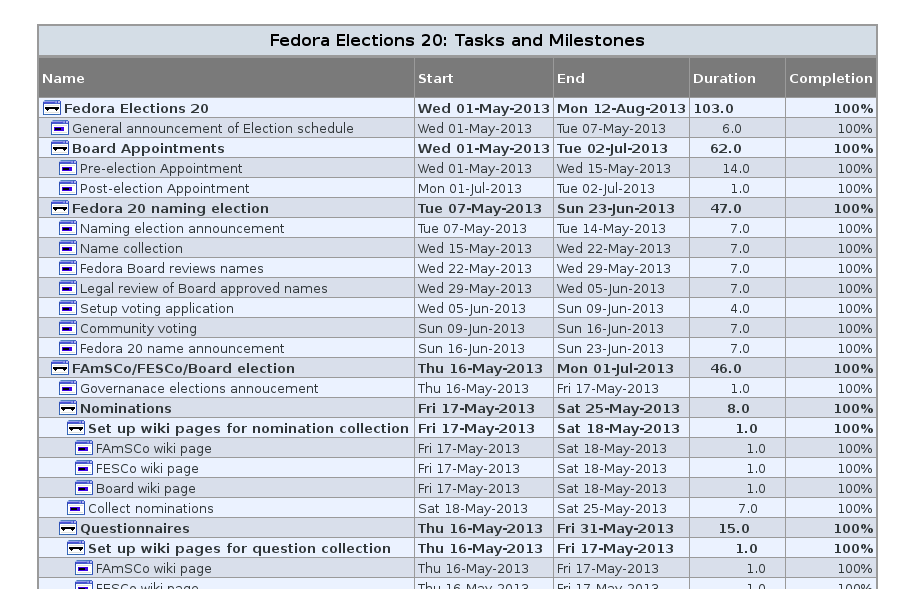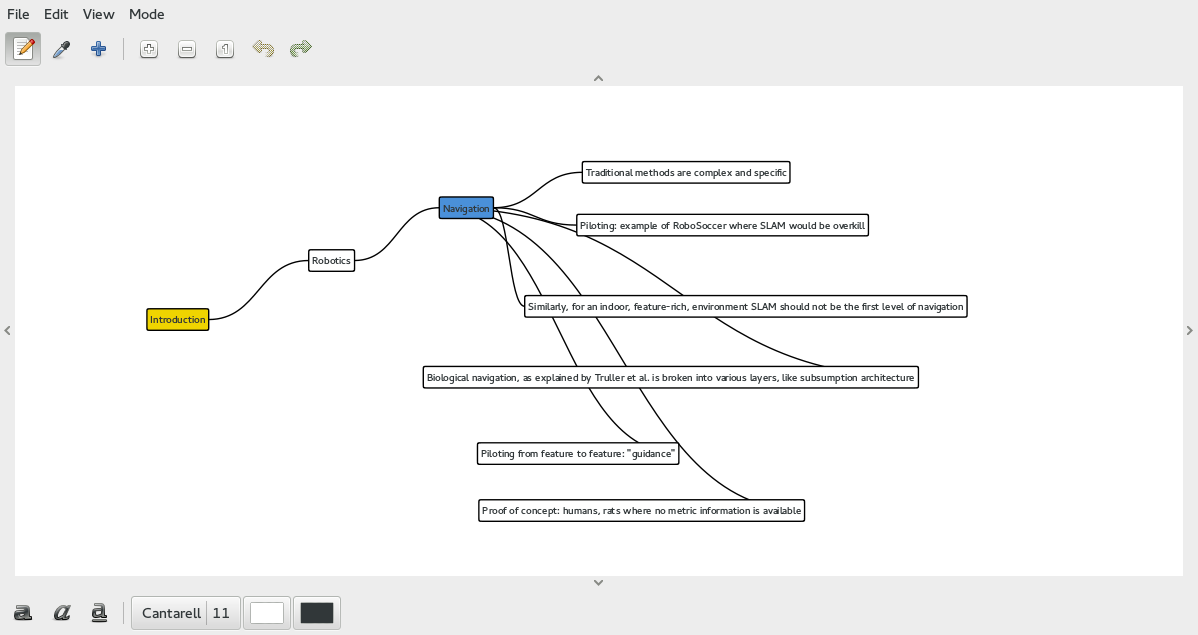Being a research student is really tough. I mean tough! The most difficult part is keeping up the self discipline, day after day, week after week. As a research student, you make your own schedule, you even make your own syllabus pretty much. I handle the syllabus part just fine, but I struggle with maintaining a disciplined schedule. It takes a while to get into a stable rhythm where you work according to plan and remain focussed on the task at hand, for however long it takes. On the other hand, it’s really easy to upset said rhythm: a late night coding spree, a night out with friends, an unexpected task that makes you diverge from your plan for the day etc. are often sufficient to make me sleep late and mess up the next day. Self discipline requires commitment, and a lot of hard work. Luckily, I’m not alone in this struggle. Here’s a helpful post on improving self discipline: http://www.pickthebrain.com/blog/self-discipline/. Since I spend most of my day at a computer, I went around and looked for tools that would help me keep focussed on my work; keep me away from distractions (yes, Facebook is a distraction); and help me work according to the plans I make.
Tools I use
Here is my set up. I use the simplest tools, and whatever is available in the Fedora repositories. Some of you might find them useful.
Leechblock
A simple Firefox add-on that serves as negative reinforcement when you have that urge to check Facebook, or your Gmail. I even put Fedora sites in the list during the hours I work at my laboratory on my research. Of course, it can be bypassed, but it reminds you that you need to focus on your work and that it isn’t the time to enter the internet black hole yet.
Leechblock’s really helped me fight what I call “notification slavery“, where I check my mail or social networking website every few minutes for activity.
Getting things GNOME
This is an amazing task manager. I used the Gnote method outlined here in the past, but I made the move to GTG a while back and haven’t looked back at Gnote since. I’ve actually switched to Bijiben for note taking too. I find using GTG to be a much better way of managing my tasks really. You can add tasks as you plan them out, add start and due dates, categories and tags. Your tasks are colour coded so you know when you haven’t finished one on time. A bunch of helpful plug-ins extend the application. For instance, a bugzilla plugin lets you quickly add a bug you need to look at later. Another plug-in lets you communicate with the hamster time tracker (next). Of course, it’s in the Fedora repositories:
Hamster time tracker
Hamster provides an easy way of tracking your activities at work for later introspection. GTG and Hamster work quite well together, so you can add your tasks to GTG and track them using Hamster with a single click. There’s also a gnome-shell extension available that makes it even easier to track your tasks.
Evolution
I use Google Calendar to plan my day. Gnome online accounts works really well with Google services. I keep Evolution open almost all day in calendar mode to see what appointments I have in the day. Gnome shell has a calendar in the top panel too. GTG is supposed to sync with Evolution’s task list too, but I haven’t gotten it to work on Fedora yet. Peter said the back end needs to be updated to use the new GTK3 evolution data server bindings. I need to talk to upstream about this (/me adds to GTG task list).
Taskjuggler
All the tools listed above help me in the short term. Taskjuggler is something I use to make long term plans. For example, I make my masters research plan using Taskjuggler. I don’t use it quite as much as project managers do, but it does help me decide how I’ll go about my work. I used taskjuggler to plan the Fedora 20 Election cycle too. You can generate ICS files etc. quite easily. It does have a slight learning curve, but you can do quite a bit once you learn how to use it. Jaroslav uses it to plan the Fedora schedule too.
There’s planner in the repositories too, which is a simpler, GUI based too. Here’s a tutorial on how to use it.
Labyrinth
A lot of people use tools to make mind maps that help them work. I don’t use them that much, but they do come in handy when you’re trying to visualise a lot of information, like a research paper. I use labyrinth for my work. It’s a rather simple tool. More serious mind mappers might want to look into vym or freemind.
Lifeograph
Introspection is an important part of the self improvement process. I also need to note down my research thoughts from time to time. Lifeograph is a great journal application. that I use to maintain both my research and personal journals. There are a few more journal applications that I tried out. I’ve already reported my findings here.
Summary
These tools are only supposed to aid you in your work. There isn’t any substitute for hard work itself. Over a period of time, everyone tends to settle with a system that works for them. Some of these might be worth adding to your set up. Cheers!













Ondřej Tůma
Try my Mind Map Architect :http://mmarchitect.zeropage.cz.